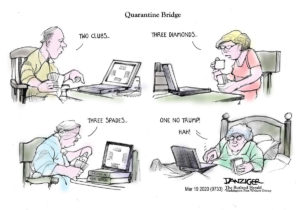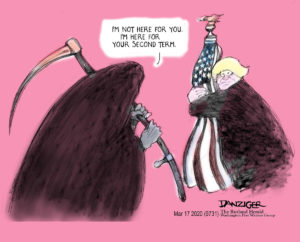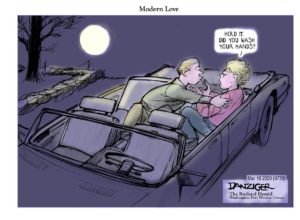Government’s Keeping the Student-Debt Crisis Alive and Well
Sep 7, 2013
Just because JPMorgan Chase will no longer offer student loans doesn’t mean the student debt bubble will burst any time soon, if ever. We have none other than the U.S. government to thank for that.
By feeding the education-debt crisis, the government has made and continues to make inordinate profits, so it ostensibly has no reason to put an end to the indentured servitude it’s forced upon America’s students. JPMorgan offered private loans, which make up only 15 percent of the $1 trillion in outstanding student debt. Salon’s Natasha Lennard and the Boston Review’s Malcolm Harris explain why, despite JPMorgan’s claim that education loans are not a market it can “significantly grow,” the government is still raking in the big bucks:
…while student loan rates have far outpaced the growth seen in the real estate market in the years before 2007, the government, unlike the markets, will sustain student debt while profiting from it.
Student loans are different for twofold reasons. Not only are they government-backed, but the government itself monopolizes the vast student loan market. On top of this, student loans can never be discharged through bankruptcy — they do not disappear.
The student debt crisis is buoyed — indeed structured around — government lending. Harris detailed how the government can continue to profit from indebted students, and how these profits (and so the student debt bubble) is not deflating any time soon:
The huge profit flows from the divergence between the government’s borrowing rate and the interest rate at which borrowers repay their loans. While student borrowers do pay a low interest rate as compared to commercial loans, the Treasury’s 91-day Bill Rate has been stuck under one percent since the 2008 financial crisis; right now it’s at a historical low of .07 percent. If you can get money for nearly free, as the Treasury can, lending at even a small interest rate yields a significant profit when multiplied across hundred of billions of dollars in loans. The federal government’s stated intention was never to make money from the direct lending program, and all their projections have the T-Bill rate recovering to pre-2008 levels any year now, which would eliminate the profits, but so far this hasn’t happened. Nor has there been a wave of defaults and nonpayments commensurate with the slow economy that the low Treasury rates could have helped offset. Instead, borrowers are stuck with the worst of both worlds: stagnant wages, escalating costs, and no exit in sight.
Harris also commented that objections to statements that the government is benefiting from students’ financial woes “illustrates widespread denial about the nature of the student-debt crisis” and that, tragically, debtors have “no hope for relief short of expatriation, revolt, or suicide.” Somehow, a revolt seems like the least dreadful option students have to blow up the unforgiving bubble their own government has trapped them in.
—Posted by Natasha Hakimi
More from Staff










